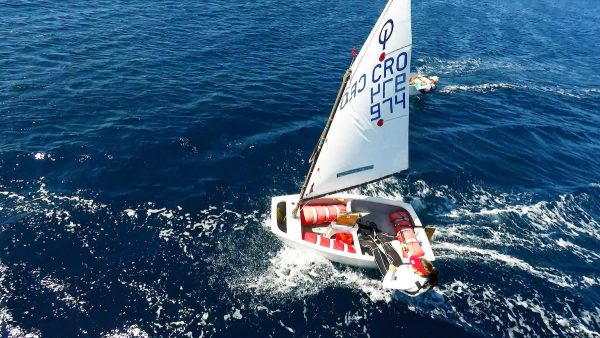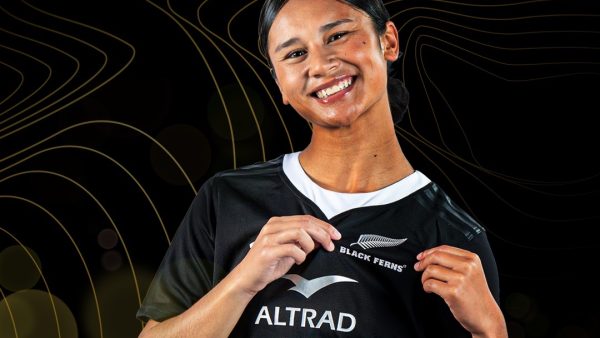More families from New Zealand’s outlying islands and remote rural communities are turning to mainland boarding schools, as increased government subsidies make off-island education more accessible—though costs still far outstrip support.
New Ministry of Education data shows $3.24 million was paid out under the Access Barrier Allowance in 2024, up more than 30% from $2.43 million the year prior. The number of students receiving the subsidy rose from 792 to 875.
The lift follows two successive increases to the rate by the government in 2023 and 2024—the first adjustments in nearly a decade.
The allowance, which helps cover boarding costs for students who live too far from a state or state-integrated school, now sits at $4000 for most rural students.
Those on Great Barrier Island and Stewart Island receive $4500. The Chatham Islands students are eligible for $6300.
Students from Aotea also receive an annual travel allowance of $920.
But even with the increased funding, costs still dramatically outpace the support on offer. At Auckland Grammar School, for example, 2025 boarding fees are $18,600. For domestic boarders at King’s in Years 9–13, the full bill is $50,840 without scholarships.
“We’re finding that rural students are getting more and more isolated and it’s getting harder and harder for them to get education,” said Federated Farmers Rural Education spokesperson Toby Williams.
“And we saw through Covid, the rapid increases of costs for everybody across all sorts of transport as well as our everyday living … the increases have helped to smooth that curve a little bit for those families who do access it.”
“But you know, for some of these more far-flung areas it’s still quite a significant barrier. We would like to see it increased further” Williams added.
Places like Aotea have seen a marked rise in permanent residents, especially post-Covid, with more families raising children full-time in isolated locations—many of which still lack formal secondary schooling altogether.







